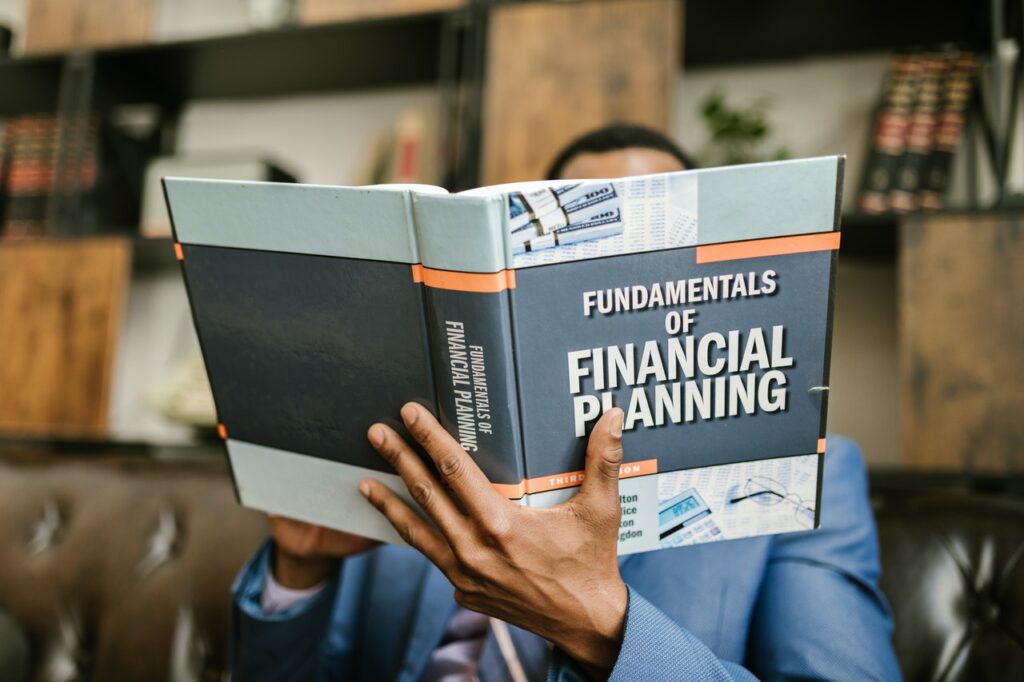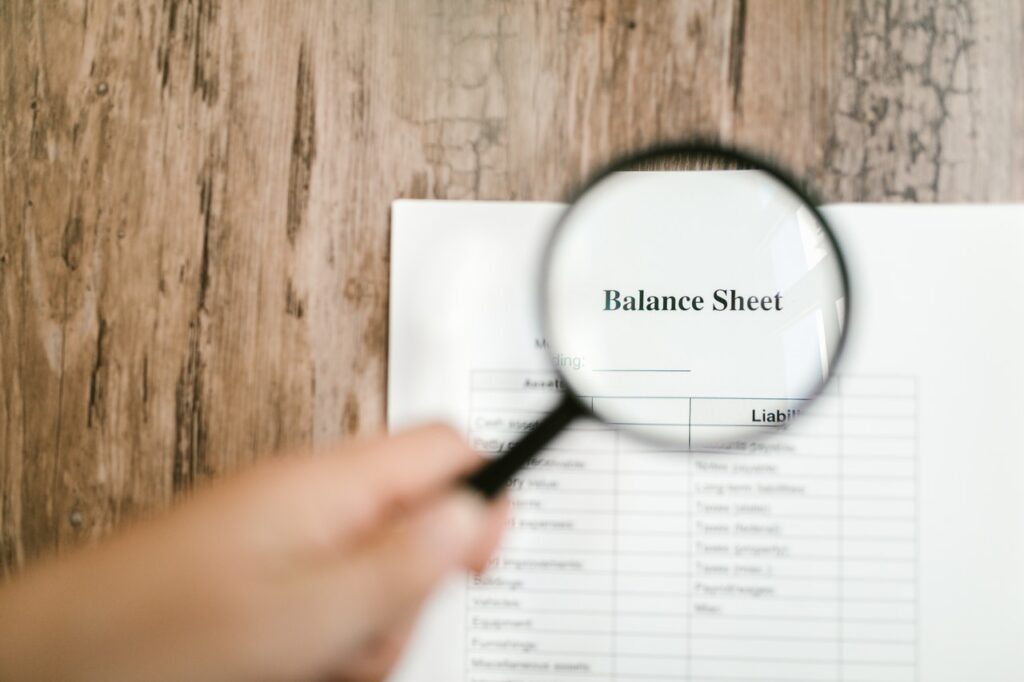
1. Paint Makes a Big Difference
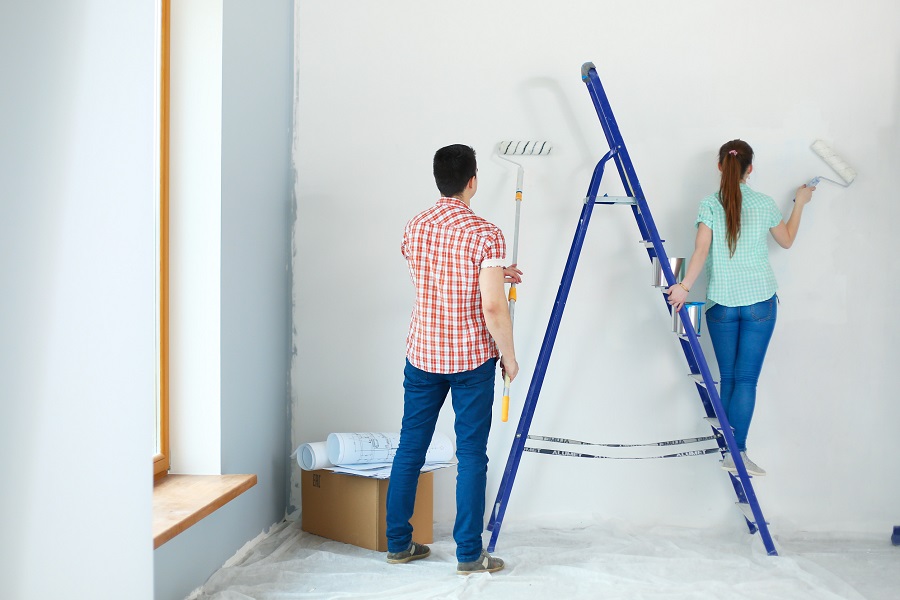
2. Update Hardware and Fixtures
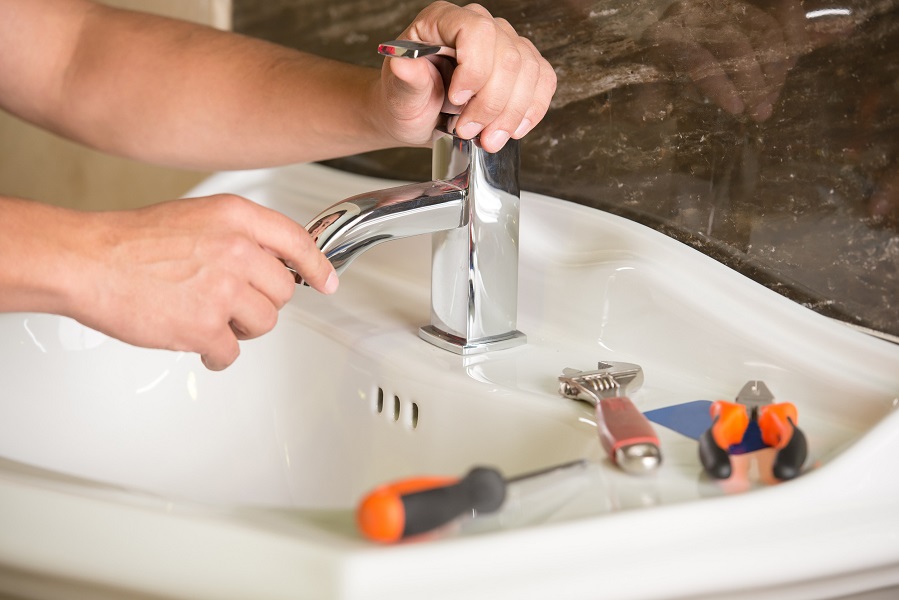
3. Enhance Curb Appeal

4. DIY Backsplash
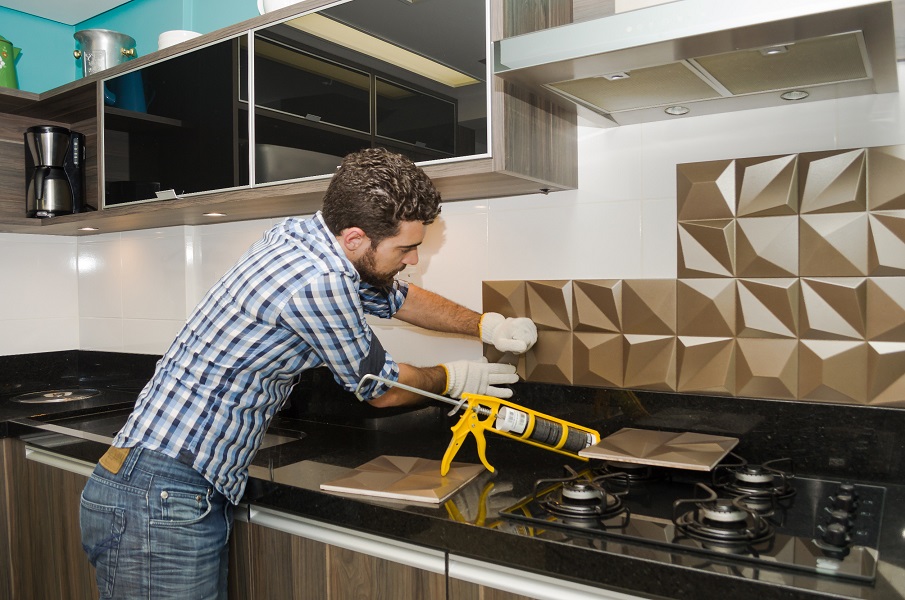
5. Upgrade Window Treatments

6. Smart Storage Solutions

7. Refresh Your Flooring

8. Add Crown Molding
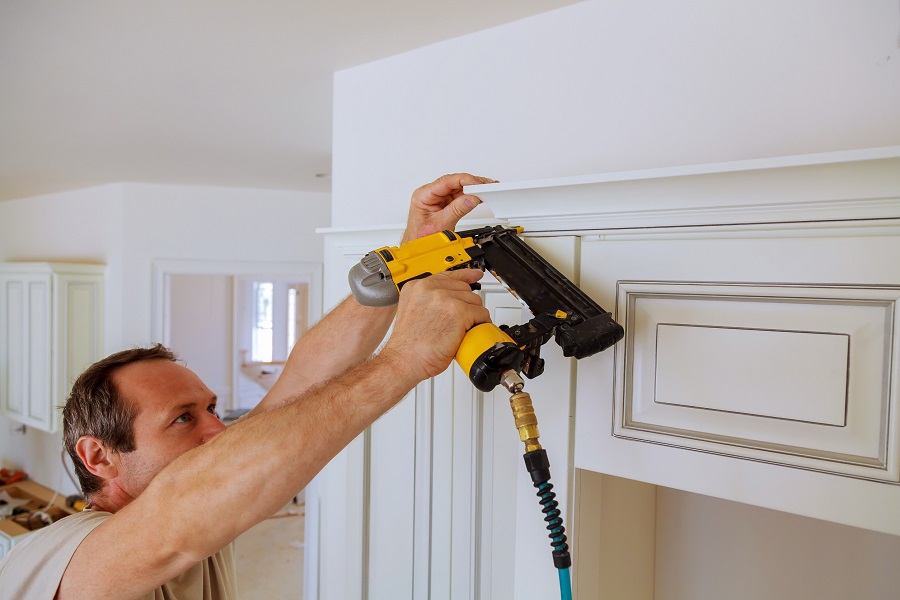
9. Energy-Efficient Upgrades

10. Create an Outdoor Living Space

11. Repurpose Furniture
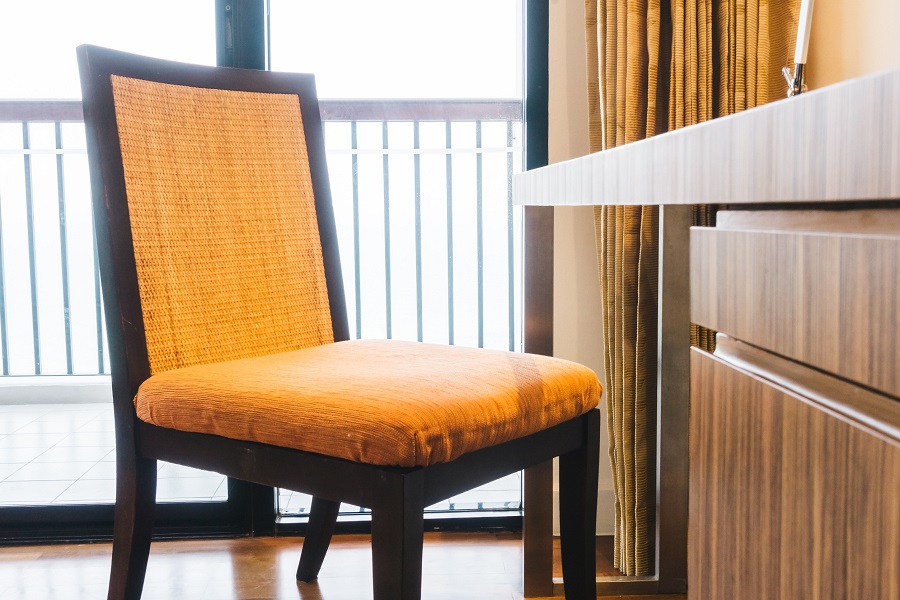
12. Regular Maintenance

Smart, Affordable Home Upgrades


Toi Williams began her writing career in 2003 as a copywriter and editor and has authored hundreds of articles on numerous topics for a wide variety of companies. During her professional experience in the fields of Finance, Real Estate, and Law, she has obtained a broad understanding of these industries and brings this knowledge to her work as a writer.
